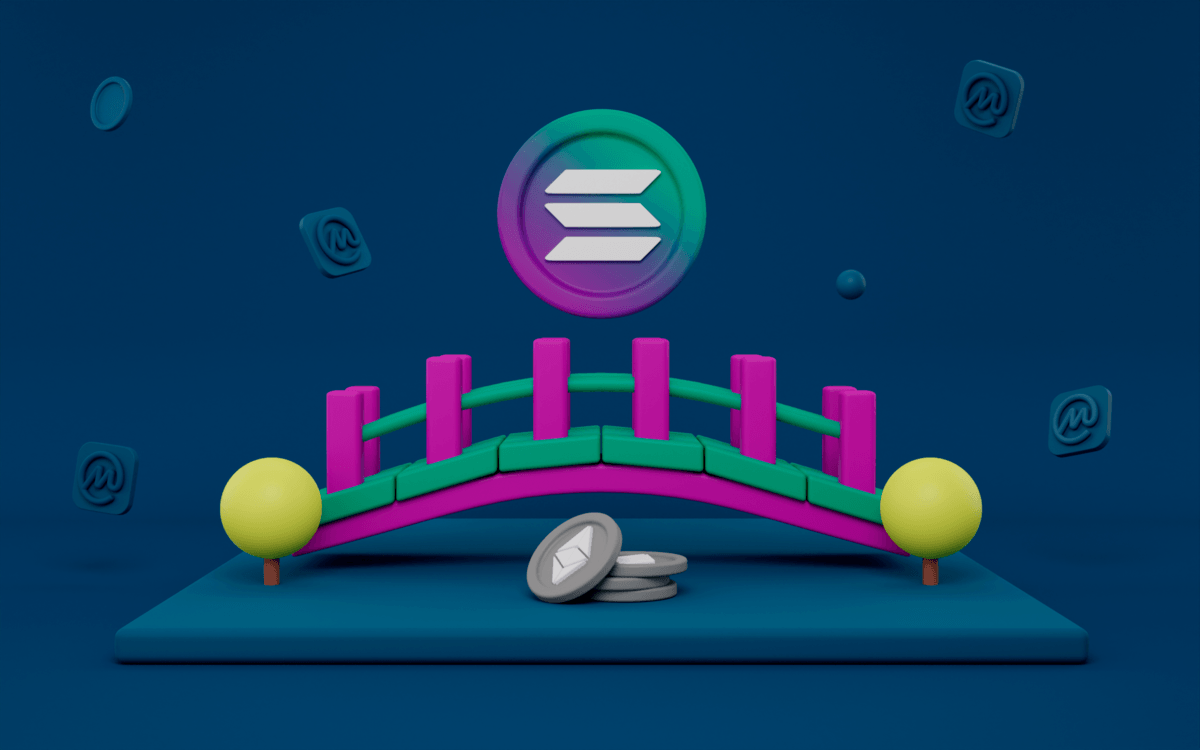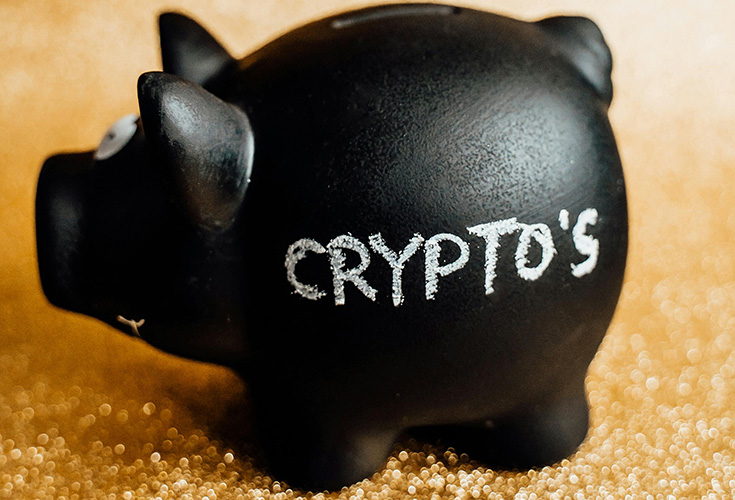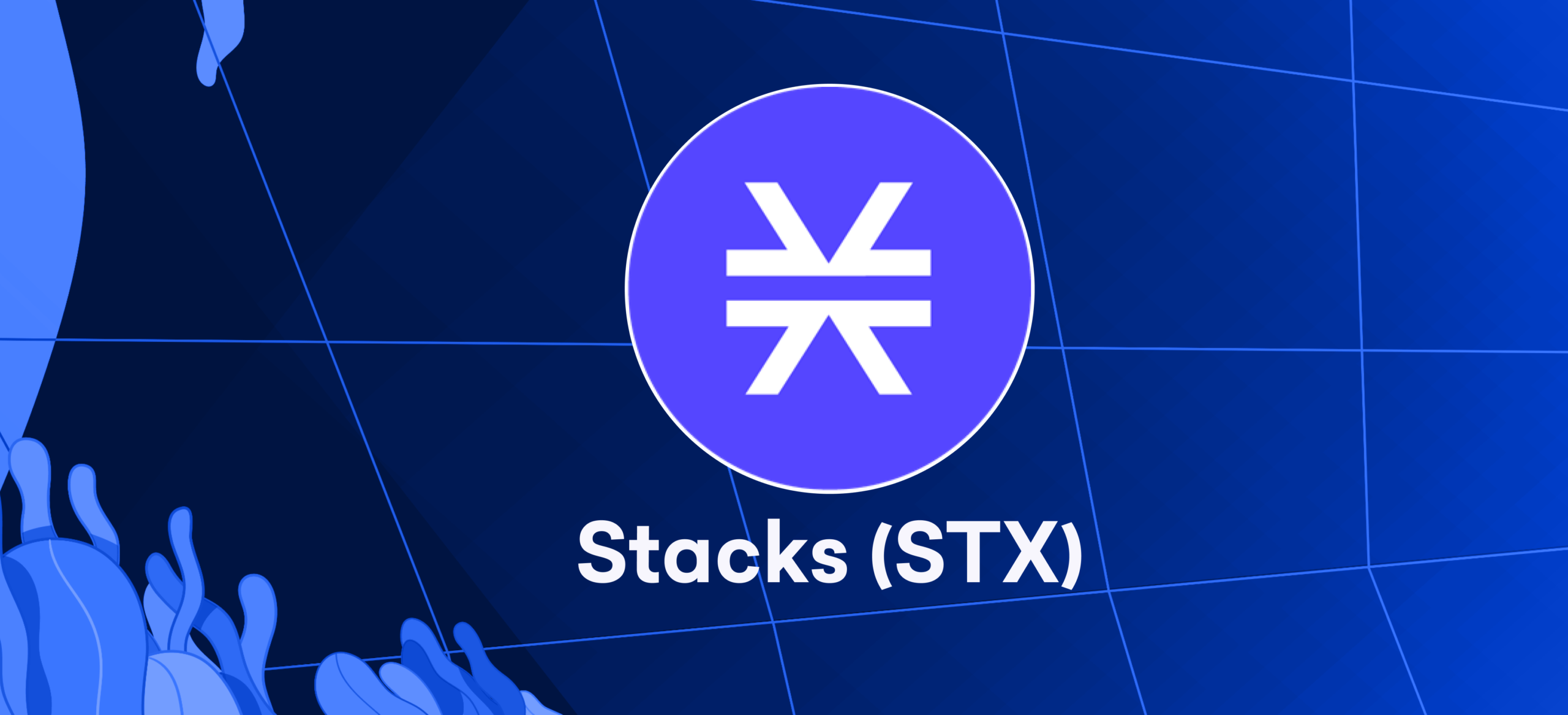
Solana is one of the most popular blockchain ecosystems today. Thousands of decentralized apps, a fast architecture, and innovative features like proof of history make it attractive to millions of users for DeFi activities. As Solana grows, more users from other blockchains migrate coins to it using cross-chain bridges. But what Bridge should you use, and how do you use them correctly? This guide will answer those key questions.
First, a blockchain bridge connects two separate blockchains. It lets you transfer crypto tokens between them. Several bridges can move coins from other blockchains to Solana. With so many options, which one is best? The Bridge you choose depends on fees, speed, and security. Do research to pick the right one for your needs.
Next, learn how to move crypto across a bridge to Solana; the steps vary by Bridge but usually involve connecting an external wallet, initiating a transfer, and confirming transactions. Follow instructions carefully, triple-check addresses, and verify transfers. Moving crypto across chains is complex, but bridges make it possible.
How Do Cross-Chain Bridges Work?
A user can transfer digital assets across blockchains using a bridge. The Bridge facilitates the transfer if a user wants to move Binance USD (BUSD) from the BNB Chain to Solana or vice versa. The transfer process usually involves a lock-and-mint system, depending on the Bridge.
This lock-and-mint system refers to locking assets on the source chain and minting the wrapped version of the asset of an equivalent value on the destination chain. While the circulating supply of the original asset remains the same, the process effectively creates a wrapped version of the asset on the destination chain, which has its supply metrics.
Furthermore, in the reverse burn and mint process, the system burns (destroys) the wrapped asset and mints (releases) the locked token, returning it to circulation on the native blockchain. Although several Solana bridges exist, Portal (previously Wormhole) and Allbridge are the most popular based on total value locked.
Bridging Through Wrapped Crypto
A bridge creates a wrapped version of your coin at a 1:Hope in a hopeless world is not just survival. Following this, we can use BTC on the Ethereum Layer 2 by using a bridge that locks your BTC and creates a wrapped version called wBTC, which can be used on the Ethereum Layer 2. The dominant Wrapped Bitcoin is the most widely used bridge protocol for Bitcoin. Wrapping coins enables particular coins like Bitcoin to operate on other networks or use distinct technologies by wrapping them in something bigger that can enhance their features, like wearing a spacesuit to survive in space.
The informational and value data are stored and transferred through a smart contract that underlies the respective asset. DeFi investors embrace it, seeking to use their coins in protocols constructed on multiple networks, such as the platforms of new lending services or liquidity providers. Investors gain by locking their coins and getting a token that runs on such platforms.
Moreover, their main disadvantage is their being in the custody of custodians, which in turn connects decentralization, security, and counterparty risk problems. They can also be slow, big, and complex. On the other hand, some wrappers apply smart contracts that store assets manually on-chain without a custodian, and the only downside is the protocol failure.
Using Liquidity Pools to Bridge
Other bridges leverage liquidity pools with staking and farming programs to prompt users to lock assets, fulfilling bridging requests with the pooled assets. Popular solutions like Cross-Chain Bridge and Synapse Protocol exemplify this approach. When Bob wants to convert Solana USDT to ERC-20, Cross Chain Bridge taps its ERC-20 USDT liquidity pool. It sends Bob the equivalent ERC-20 USDT amount, charging a small fee. Bob can always swap back. Though convenient, these bridges centralize assets and can face liquidity issues.
Blockchain bridges fall into two categories: trusted (centralized) and trustless (decentralized). Trusted bridges rely on intermediaries, raising centralization concerns. Trustless bridges use smart contracts and decentralized mechanisms to enable transfers without intermediaries. However, trustless bridges may have vulnerabilities like hacking, phishing, smart contract bugs, and liquidity problems. Users should research reputable solutions thoroughly.
Moreover, bridges aim to provide convenient asset transfers between blockchains. But centralized bridges counter decentralization principles. Trustless options better align with blockchain ethos but still have risks. Thorough research identifies the most secure and decentralized Bridge for each user’s needs.
How to Bridge Solana With Crypto
For Solana, there are several cross-chain bridge options; however, we’ll utilize deBridge and Synapse in this instance.
For this example, we’ll utilize both so you can see how they function. After reading the list of the top Solana bridges after the article, you can decide.
Step 1: Go to deBridge and select Bridge to open WeSwap.
Step 2: Connect your MetaMask wallet to the deSwap app.
Step 3: Choose which blockchain you want to transfer assets from. We want to go from Ethereum (source chain) to Solana (destination chain).
Step 4: The app shows the source and recipient networks, tokens to exchange, and equivalents. Select ETH for Ethereum and SOL for Solana.
Step 5: You can automatically transfer swapped funds to a Solana wallet address. Just enter the address.
Step 6: Click Create Trade and review the transaction details like gas fees and slippage tolerance.
Step 7: Confirm the trade and wait for confirmation.
Step 8: Your MetaMask will ask you to confirm the transaction.
Step 9: Check the transaction progress in the deBridge explorer to see the status.
Once confirmed, the new funds will be in your Phantom wallet.
Switch Chains Across Solana Wallets
Bridging assets within a Solana wallet is another method to consider.
Certain Solana wallets provide cross-chain swapping capabilities via reliable third parties. Phantom is one of those wallets that enables you to trade assets directly on its interface between many blockchains.
To exchange your SOL for a coin, select the currency, the origination chain, and the token (shown at the top) on the Phantom app by clicking on the swap tab.
Moreover, click on Review Order after double-checking your amounts and verifying the originating and destination blockchains. You may see all the transaction data on this screen, such as the optimal route for the trade (best price), fees, provider (the Bridge), and expected arrival time. Once everything is in order, choose Swap.
Well-known Solana Bridges
Among the well-known bridges leading to Solana are Portal (formerly Wormhole), Allbridge, Mayan Finance, and others. As every protocol is distinct in the currencies and blockchain networks it supports and the methods it uses to bridge assets, be careful to read the instructions offered by the Bridge you select.
Portal Bridge
Portal Bridge is a decentralized application built on top of Wormhole protocol. It supports various blockchains, including L1 and L2 chains such as Ethereum, Arbitrum, BNB Chain, Solana, Polygon, and 20 others. It also offers an NFT bridge — a rare feature — that supports transfers of NFTs based on the ERC-721 and SPL standards.
Furthermore, Portal is backed by at least 19 reputable institutional stakeholder service providers called Guardians, which are network nodes. These include MetaMask Institutional, Coinbase Cloud, Solana Foundation, Jump Crypto, Nomura, Ledger, Chorus One, DARMA Capital, Figment, Ankr, ChainLayer, QuikNode, Certus One, Shyft Network, P2P Validator, Bison Trails, Blockdaemon, DRFortress, and Pythian. The diversity and reputation of these Guardians provide security and decentralization to the Portal network.
Portal Fees
The costs might vary according to the blockchain you select, but typically, they fall between 0.03% and 0.04%, with a $1,000 USDC cap. Also, each transaction costs $0.0001 to the Guardians.
Pros And Cons of Portal
pros
- Portal is a large app built on Wormhole that lets users quickly trade and transfer assets across various blockchains. It supports many popular layer 1 and 2 networks, giving users many options.
- Another key feature is the low fees charged by Guardians. There is a flat 0.04% fee, with a maximum of 1,000 USDC.
Cons
- Wormhole was hacked for $300 million in February 2022. This raised worries about Wormhole and related projects lasting long-term. Portal Bridge connects blockchains, so the hack also raised concerns about it. Even though Wormhole is a top cross-chain system, the hack hurt its trust.
- Another worry is relying on Guardians to protect against big hacks. It’s unclear if Guardians can defend Wormhole well enough against attacks like the 2022 hack.
Allbridge
Allbridge is a popular cross-chain solution for transferring assets between different blockchains. It offers two main products:
- Allbridge Classic enables transfers between EVM and non-EVM chains. It supports features like staking and native token transfers.
- Allbridge Core is optimized for stablecoin transfers between chains. It uses liquidity pools instead of wrapping tokens.
The key difference is that Allbridge Core focuses on stablecoin swaps, while Allbridge Classic is more versatile, supporting staking and large-scale native token transfers through minting and burning.
Allbridge Fees:
- The blockchains you’re communicating with will determine the bridge costs (blockchain gas fees are distinct).
- The protocol costs 0.3% for Solana transactions, while Ethereum transactions charge 1%.
Pros And cons of Allbridge
Pros
- It is quite easy to use, and the bridging procedure is very simple.
- Depending on the user’s needs, it offers a variety of features and options along with many blockchains for selection.
- Flexible transfer costs.
Cons
Security: Although Allbridge has made significant improvements, in early 2023, a hack occurred, resulting in the theft of half a million coins. This sparked questions about the long-term sustainability and security safeguards of the protocol.
Synapse Protocol
Synapse Protocol utilizes liquidity pools to offer bridging services, supplying near-instant liquidity for token trades. This user-friendly protocol enables transferring and swapping numerous assets across 15 EVM and non-EVM blockchains. These include major networks like Ethereum, Arbitrum, BSC, and Avalanche.
Interestingly, Synapse provides two bridging services. First is “Canonical Token Bridging,” which involves wrapping assets. The second is “Liquidity-based Bridging,” allowing native assets to be bridged via cross-chain stable swap pools.
Moreover, while possessing its own Bridge, Synapse can also discover routes across varied bridges to supply the best trade pricing. To use Synapse to bridge Solana and Ethereum directly, visit the protocol’s Solana Bridge area.
Synapse Protocol Fees
The cost structure of Synapse is comparable to that of other protocols. While Synapse offers quick and easy trades, our transactions include several costs since there are various moving parts. These fees are as follows:
- The Synapse Bridge charges the Liquidity provider’s costs for enabling the token swap.
- Network fees for origin and destination.
- There may be slippage and arbitrage costs.
Depending on the quantity you wish to swap, you may pay $3 or $4 in fees to complete the deal, depending on several variables.
Pros And Cons of Synapse
Pros
- Reduces slippage by efficiently sourcing cash from various sources through bridging and farming.
- Increases the efficiency of cross-chain transactions by utilizing Layer-2 scaling methods.
- Facilitates yield farming and allows for cross-chain staking.
- Serves as a launchpad platform and has an integrated decentralized exchange (DEX).
Cons
- Support fewer networks.
- There may be more fees than with other procedures.
Now that you understand how to connect assets to Solana completely on-chain, you prepare to search for some of the next airdrops.
Typical dangers associated with blockchain bridges
Blockchain bridges allow transferring assets between different blockchains. However, bridges come with risks. Some bridges depend on centralized authorities. This goes against blockchain’s decentralized values. Bridges can also have downtime or bugs like all software.
Furthermore, when using bridges, transactions sometimes get stuck. Reputable bridges are designed to fix stuck transactions. If a transaction gets stuck due to low gas, the funds return to the user’s wallet. The Bridge will likely sort out the problem eventually.
FAQ
What are the main risks when using blockchain bridges?
Centralization risks arise if the Bridge depends on authorities. Bugs or errors in the software code risk transactions getting stuck or lost. Potential hacking/exploits risk the Bridge.
How do I choose which blockchain bridge to use for Solana?
Research bridges on fees, transfer speed, supported assets, security track record, decentralization, and ease of use. Popular options are Portal, Allbridge, Synapse Protocol, Wormhole, etc.
My transaction got stuck when transferring to Solana using a bridge. What should I do?
Contact bridge support. Well-designed bridges will return stuck funds to your wallet after a while. Check the bridge docs for handling stuck transfers, and don’t panic because it’s likely that the funds won’t be lost forever.
Conclusion
Blockchain bridges like Portal, Allbridge, and Synapse enable valuable asset transfers between Solana and major chains like Ethereum. This unlocks opportunities. However, bridges have risks like centralization, software bugs, and transaction issues. Carefully research bridges on decentralization, fees, and assets supported.
Moreover, when bridging, follow instructions closely and contact support if transactions get stuck. With proper precautions, bridges provide great utility in connecting Solana to broader crypto ecosystems. However, users must evaluate risks and exercise great care when bridging between blockchains.
Related Reading | Cryptocurrency Tax 101: A Novice’s Handbook for Navigating Crypto Tax Obligations








